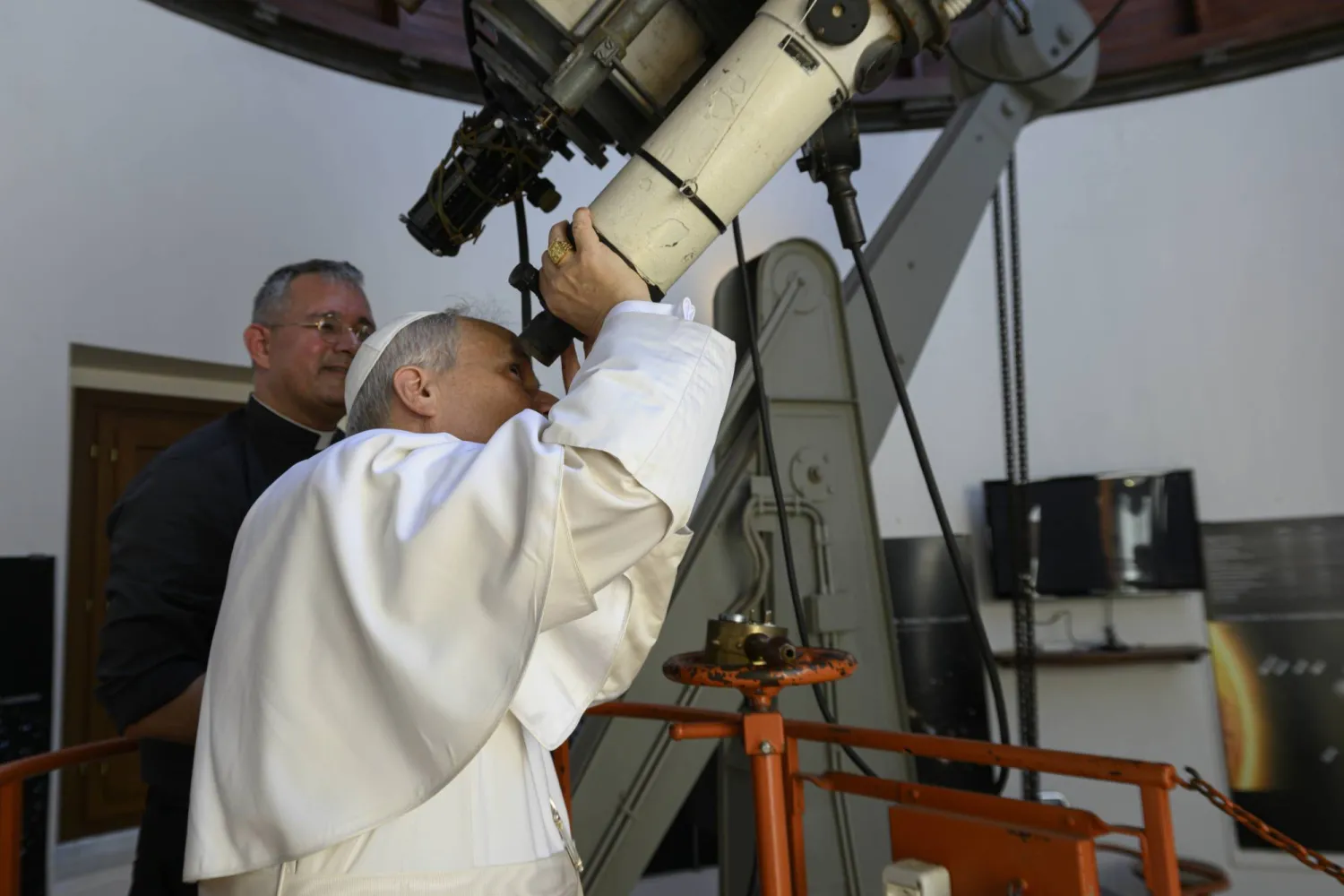One firebolt after another illuminates a stilt-house settlement where the Catatumbo river flows into Venezuela's Lake Maracaibo, the lightning capital of the world.
Holder of the Guinness World Record as the place with the highest concentration of lightning, South America's largest lake receives an average of 233 flashes per square kilometer every year, according to NASA -- thousands per night.
A scientific and tourist curiosity, for the water-logged communities of Zulia state in Venezuela's northwest the phenomenon is known as the Catatumbo "lighthouse" which for centuries has helped them navigate their boats through the darkness.
There is no thunder, just lightning -- a silent spectacle to be enjoyed about 300 nights per year, peaking in September, said AFP.
On clear nights, the flashes paint striking patterns across the Milky Way in a sky so full of stars one does not need a telescope for constellation gazing.
Some are so fast they escape the human eye. Some zigzag more leisurely through the sky, or collide with other bolts.
In a boon for stargazers but a harsh reality for locals, the near nightly display is made all the more spectacular by the almost complete absence of light pollution.
There is no electrical grid here, and the few generators that still work are idle due to a critical lack of fuel occasioned by Venezuela's economic crisis.
Only rarely is there the faint glow of a small home generator, or a beam from a fisherman's flashlight.
The foreign visitors who used to come to Zulia have been staying away due to the global coronavirus pandemic and Venezuela's economic problems.
Oblivious to the scientific interest in the phenomenon, Marianela Romera -- a fisherwoman of 40 whose worn face makes her look much older -- says that the lightning "shows us where to go."
NASA says Lake Maracaibo has a unique geography and climate ideal for the development of thunderstorms.
Located along part of the Andes mountains, storms form at night as the cool mountain breeze clashes with the warm, moist air over the lake.







